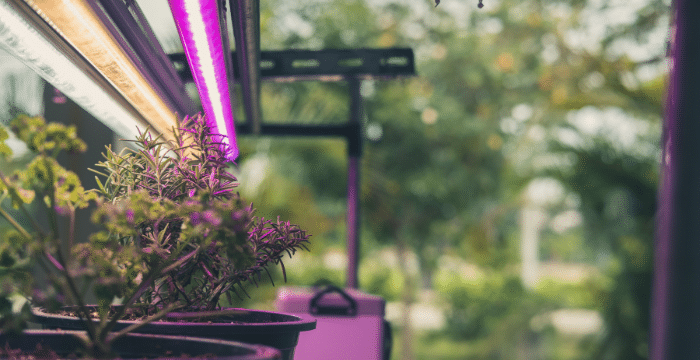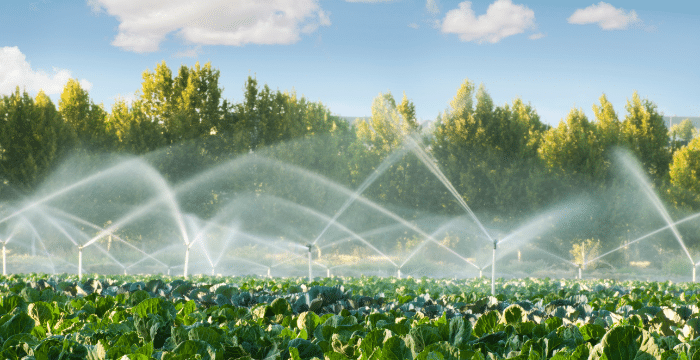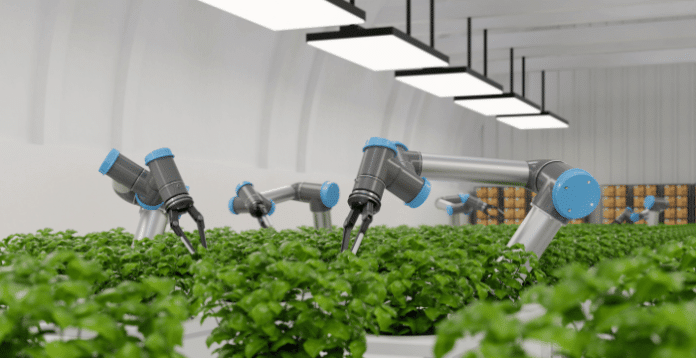Vertical farming is a revolutionary agricultural production approach involving growing crops in stacked layers. This innovative technique has gained popularity in recent years as it offers numerous benefits over traditional farming methods, including higher yields per square foot, reduced water consumption, and lower carbon emissions.
One key factor that contributes to the efficiency of vertical farming is automation. Automated systems can monitor and adjust the environment, such as temperature, humidity, and lighting, to create optimal crop growth conditions. This reduces the need for human labor and helps to ensure consistent and reliable crop yields.
Choose the Right Building
Vertical farming is a revolutionary approach to modern agriculture that involves growing crops in vertically stacked layers, utilizing minimal land, and maximizing yield. However, choosing a suitable building for vertical farming is critical for the venture’s success. The ideal building should have adequate space, proper lighting and ventilation, efficient water management, and a stable source of electricity.
The choice of building for vertical farming will also determine which crops can be grown. High-rise buildings with multiple floors offer the most space and are ideal for producing large crops such as lettuce, kale, and strawberries. In contrast, low-rise buildings are suitable for growing crops that require less space, such as herbs, microgreens, and mushrooms.
Crop Selection
Crop selection is a crucial aspect of vertical farming, as it determines the success and profitability of the venture. Vertical farming allows cultivating various crops, from leafy greens to fruits, vegetables, and herbs. However, certain factors, such as space availability, lighting, temperature, and humidity, must be considered when selecting the crops to grow.
For example, leafy greens such as lettuce, spinach, and kale require less space and can be grown in densely stacked layers. On the other hand, crops such as tomatoes and strawberries require more space and a specific humidity. Selecting crops with high demand in the local market can also increase the venture’s profitability.
Lighting Selection and Design-in

Furthermore, the lighting system should be useful to minimize heat generation, as excessive heat can damage plants. In conclusion, lighting selection and design-in are crucial aspects of vertical farming. By choosing the right lighting system and designing it to meet the specific needs of the crops being grow, farmers can optimize plant growth and reduce energy consumption.
Irrigation and Nutrition

Nutrition is also essential to vertical farming, as it provides plants with the necessary nutrients for growth and productivity. In indoor agriculture, plants are grown in a controll environment, and nutrients are supply through irrigation. Using nutrient-rich water solutions allows farmers to optimize plant growth and productivity while minimizing using fertilizers and chemicals.
Airflow Design and Climate Control
Airflow designs are crucial aspects of farming, as they regulate the temperature, humidity, and air quality. Vertical farming involves using controlled environmental systems to maintain consistent and optimal environmental conditions for plant growth. Airflow design involves air movement throughout the plant canopy, which ensures that all plants receive equal amounts.
The climate control system useful to provide the optimal temperature and humidity levels for specific crops. Using climate control systems also allows farmers to grow crops all year round, regardless of the external weather conditions.
Utilize Farming Management Software
Utilizing farming management software can maximize the efficiency and profitability of farming. This software allows farmers to automate various farming operations to reducing the need for manual labor and increasing productivity. You can also use HashMicro Agriculture software to maximize your vertical farming efficiency.
Conclusion
In conclusion, maximizing the efficiency of farming requires a holistic approach encompassing various aspects of farming and the use of agriculture software. The use of farming management software can also automate multiple farming operations, reduce labor costs, and provide real-time monitoring of plant growth and environmental conditions, allowing farmers to make informed decisions and optimize crop yields.
One such software that you can use is HashMicro’s ERP software, which can significantly improve the efficiency of vertical farming operations. The software provides a comprehensive solution for managing various farming aspects, so consider your software. Use our product and get up to a 50% grant to maximize your business!



































